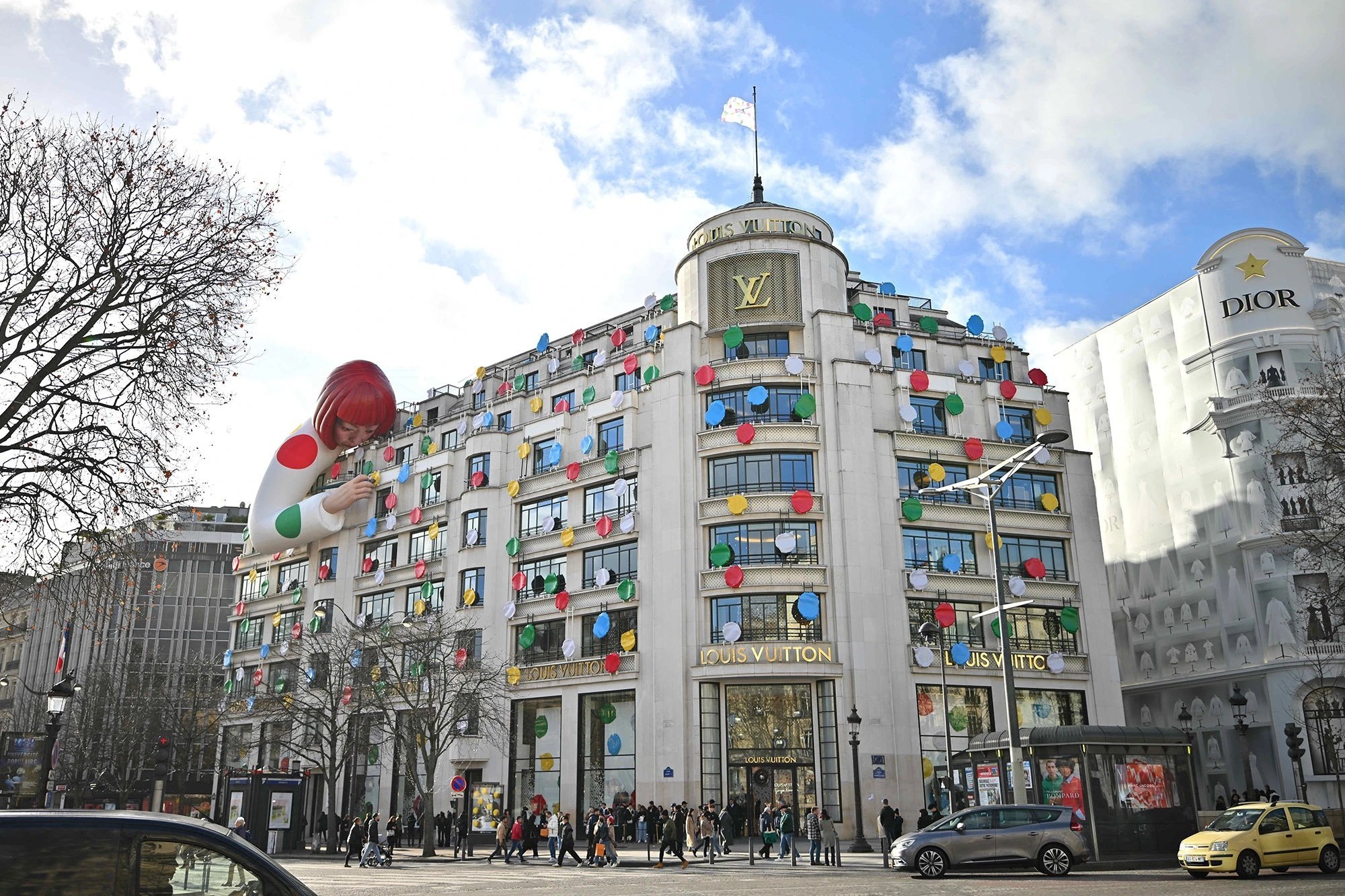
Why Luxury Marketing Focuses on Experience?
This publication is also available in: Français
English (UK)
Deutsch
Italiano
Español
Artistic exhibitions in the streets of the capital, concept stores, trendy ambassadors, marketing campaigns disguised as concerts… In recent months, we have observed a twist in luxury marketing strategies. With an increasing questioning of the influencer space and the emergence of anti-influencer movements, fashion houses are rethinking their communication strategies to remain strong during this transitional period and to find new levels to reach and seduce their target audience with experiential activations. An analysis of a new vision of luxury marketing that seems to be making an impact.
How is anti-influence shaking up luxury marketing codes?
Not a day goes by without questions arising about social media and influencers/content creators. Recently, the perception of influence, and the voices of those associated with it, have been continuously questioned. There is a lack of honesty that is felt, which impacts the engagement of brand targets, with buyers turning their gaze away from this type of content, which is crucial for the visibility of a house.
This lack of trust is fueled by the deteriorating image of the influencer world in recent months, especially due to certain profiles promoting products that are either ineffective or even dangerous. Furthermore, press trips that completely contradict current environmental issues only worsen the position of influence, especially amidst discussions to regulate its usage.
These red flags tarnish user engagement with these accounts, leading to a decreasing interest. Additionally, algorithms, primarily those of Instagram, are increasingly making activity unstable, with numbers that were once gold for brands becoming insignificant now.
While content creators with impressive metrics were once directly targeted by luxury brands as essential spokespeople for their marketing strategies, now these brands must rethink their luxury communication and marketing to remain effective in the face of the diminishing power of this lever.
What profiles are now interesting to brands?
Initially, in response to this shift in interest away from influencer-generated content for brands on social media, houses have rethought their visibility on this communication channel by creating new advertising campaigns designed to continue reaching their target audience at this level. Moreover, their target is increasingly narrowing down to Gen Z, for whom communication primarily occurs through social networks.
Thus, houses have come to rethink their positioning in a way that is more echoing current issues and the values of this new generation. While using its codes to attract and retain this audience.
To achieve this, we have observed a resort to nostalgic marketing, which has proven effective and continues to be utilized with each new collection, to tap into the emotional side of the target audience and encourage purchases.
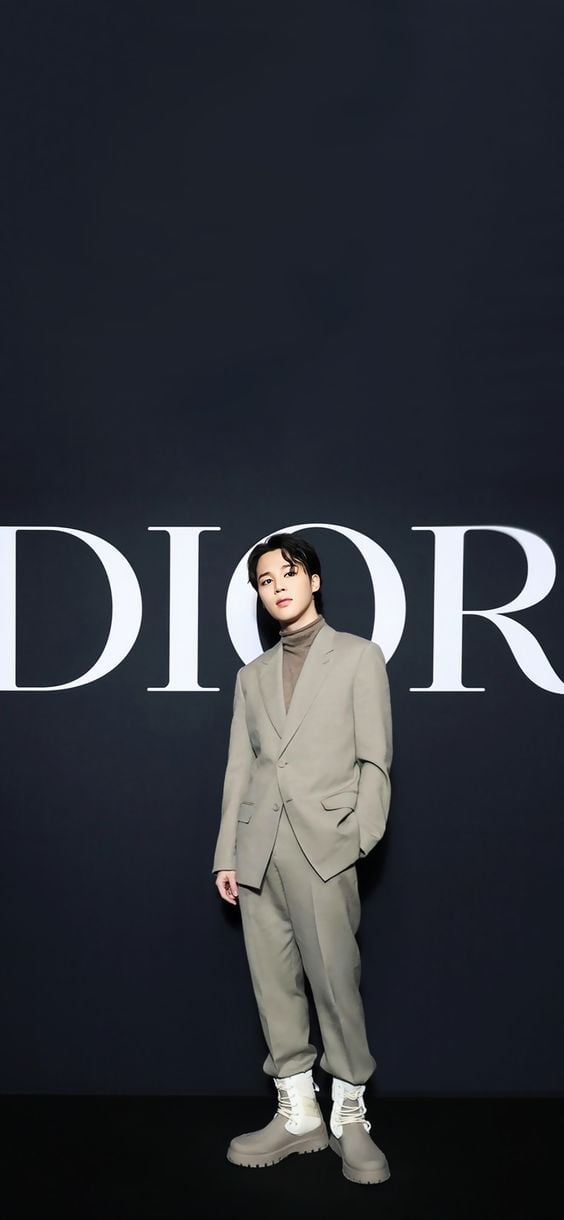
On the other hand, the roles of ambassadors have been rethought, with strong figures for Gen Z. Notably with profiles rooted in pop culture, such as members of K-pop groups, like at Dior, trendy actors alongside Adidas with Jenna Ortega, or even somewhat chameleon figures like Emma Chamberlain recently becoming the face of Lancôme.
With well-thought-out luxury marketing campaigns, houses succeed in nurturing interest in their universe and compensating for the decreased effectiveness of influencers and sponsored content.
Why is art developing in luxury marketing strategies?
Although communication on social networks represents one of the fundamental pillars of luxury marketing, especially in light of the brands’ targets that are inseparable from platforms like Instagram and TikTok, houses are now coupling this channel with real-world activations.
One of the weaknesses, which is felt on social networks, is the lack of reality, authenticity, and the isolation behind a screen. For this, fashion houses have made the right move by rethinking their luxury marketing by anchoring it in reality and recreating links with their clientele, well beyond the in-store experience.
Thus, houses have developed a event-driven aspect in their luxury marketing strategy, with happenings that create impactful moments visible even to those not following the groups on social media. Installations that generate buzz and bring a spectacular aspect to brands, evolving their image from mere fashion houses to true 360° art factories.
Recently, we have observed several activations anchoring themselves in this model, giving a museum feel to various major cities. At the beginning of the year, Loewe, surrounded by communication agencies L’Alternative and Publicis Media, set up several artistic installations in the capital echoing its latest collection in collaboration with Studio Ghibli. A way to communicate in XXL style, allowing the brand to attract various gazes, from regular clients to new curious onlookers.
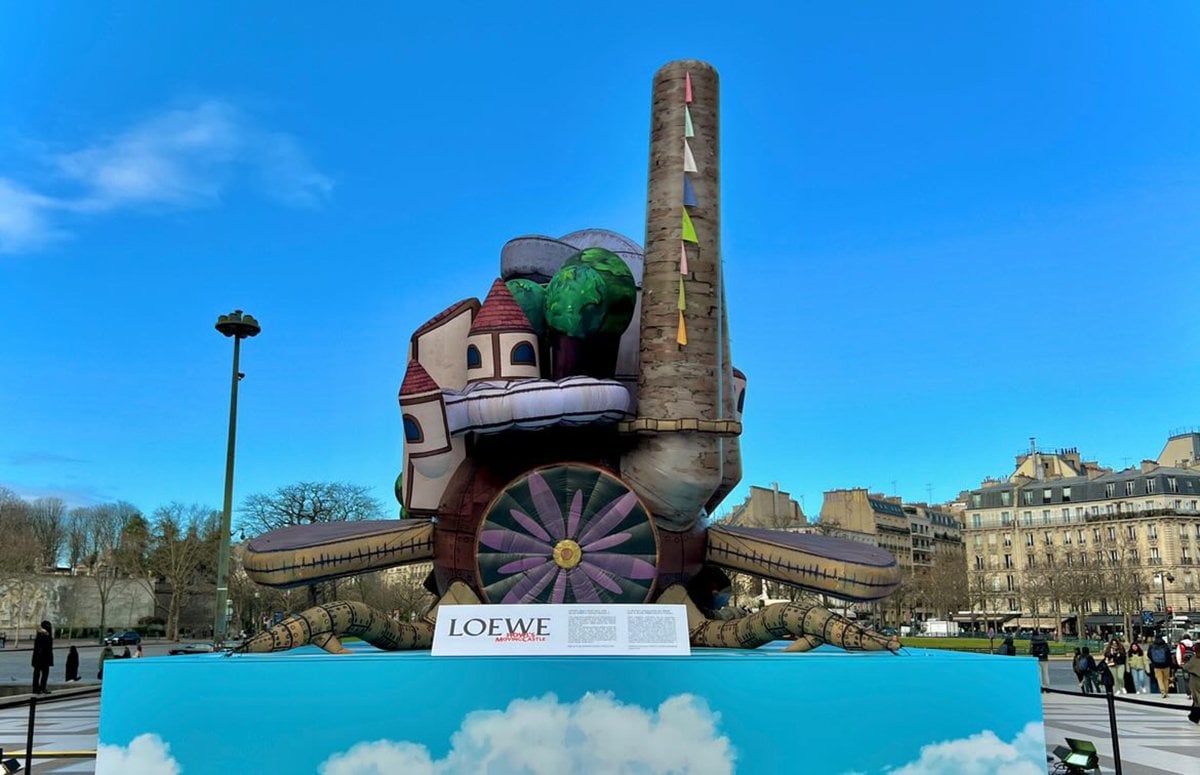
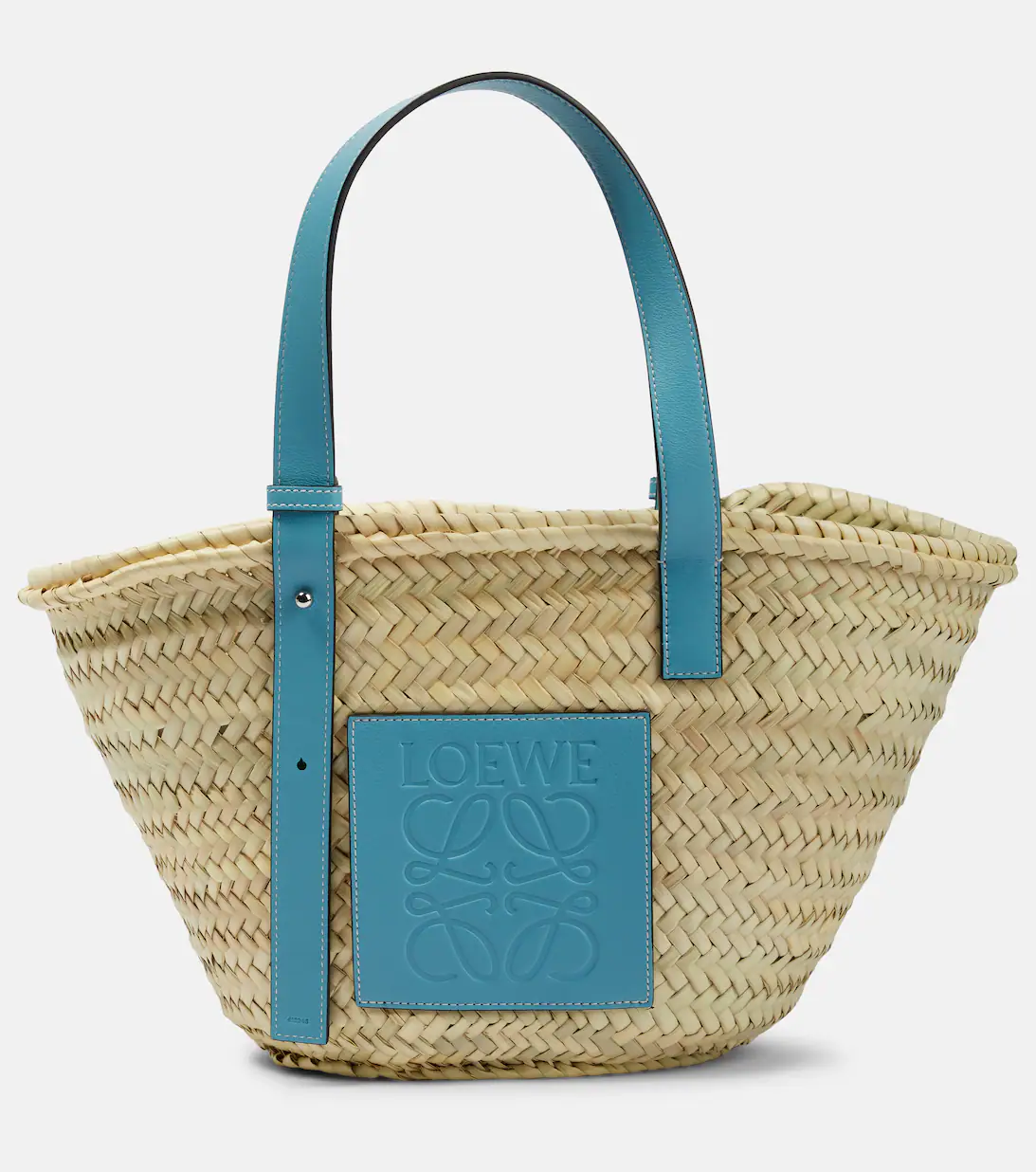
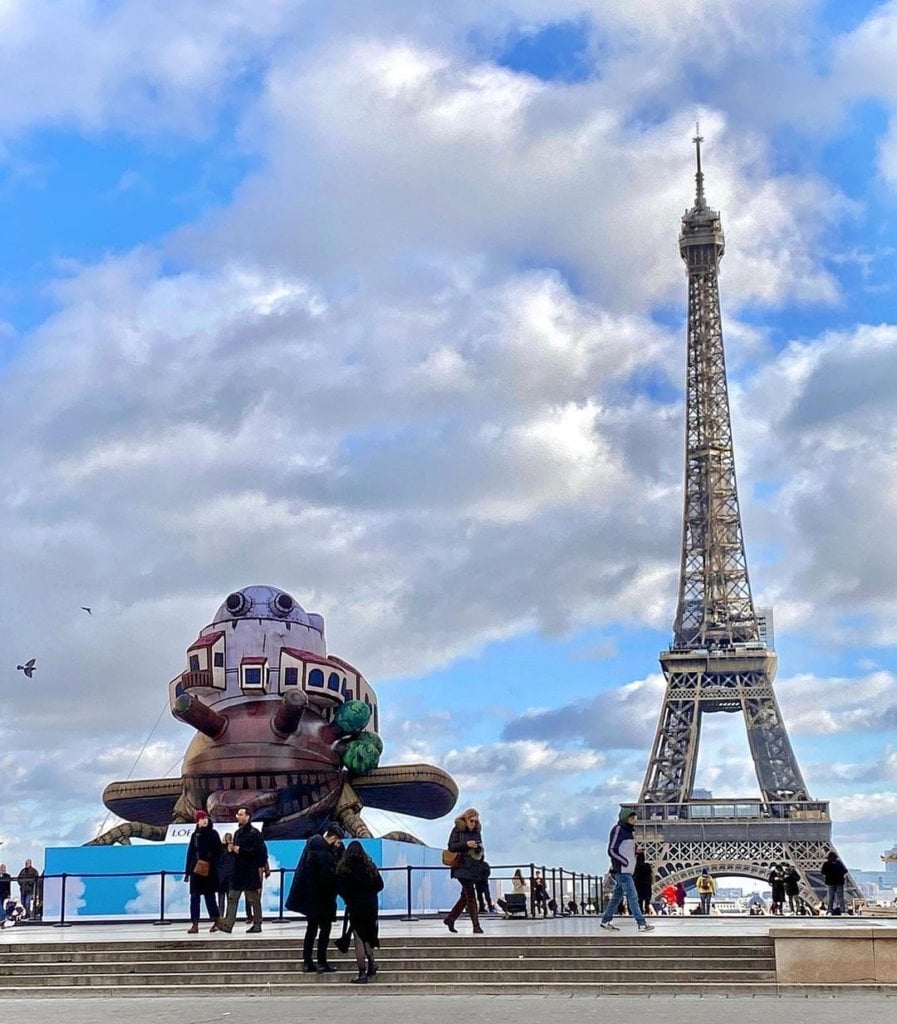
Similarly, Louis Vuitton has literally seen things on a grand scale by installing a giant statue by Japanese artist Yayoi Kusama in front of its Paris headquarters. After a first collaboration presented in 2012, the artist wrapped the house’s pieces once again in her dots, but not just that. The house’s locations have also been adorned. Rue Montaigne, Place Vendôme, Pont Neuf… The facades have been dotted with colorful spots guiding the fabrics of the 2023 cruise collection by Nicholas Ghesquière, referencing the first collaboration made alongside Marc Jacobs.
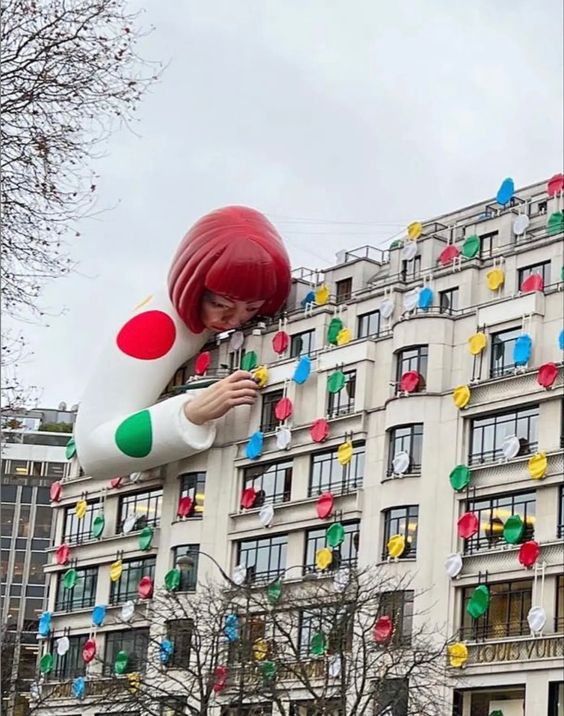
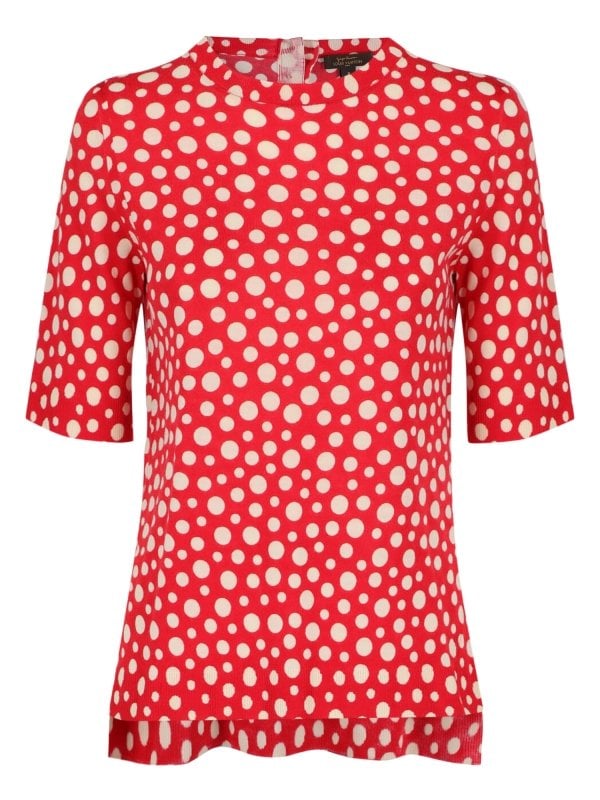
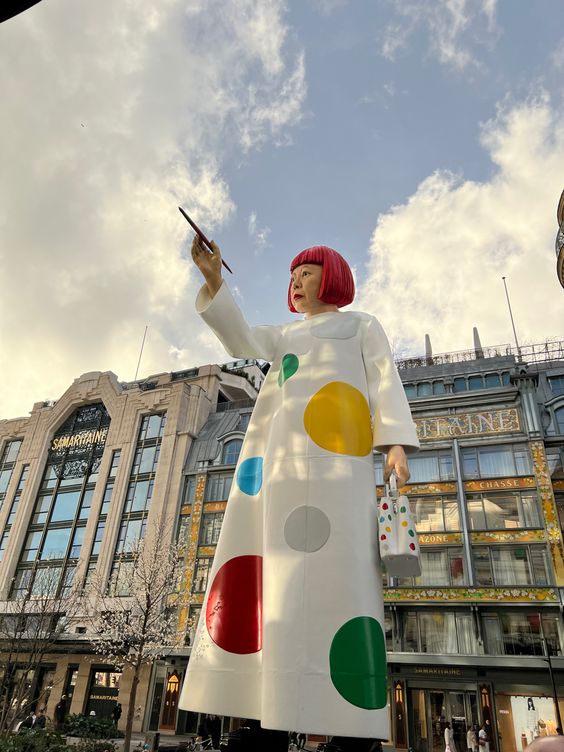
Store designs were initially complemented by an inflatable structure of the artist painting her dots resting on the roof of the Champs-Élysées location. Then, at Place Vendôme, her robotic counterpart drew dots in a window under the watchful eyes of passersby. Since March, her statue has been on display at the address on rue du Pont Neuf, facing the Samaritaine and its thousands of tourists and fashion enthusiasts. A strategic location. A 15m statue has also found a home at Harrods in London. Alongside these activations, the brand has also launched an online game.
How is experiential marketing feeding luxury marketing?
Alongside these installations, fashion houses are rethinking the customer experience by enhancing their experiential presence. The house of Dior particularly illustrates this new approach, with the creation of various pop-up stores around the world that challenge the creativity of scenographers in presenting their products. From Los Angeles to Tokyo, and even at the Lake Songhua Resort ski station in China, the house continues to rethink the concept of the pop-up store with a modern and surprising eye.
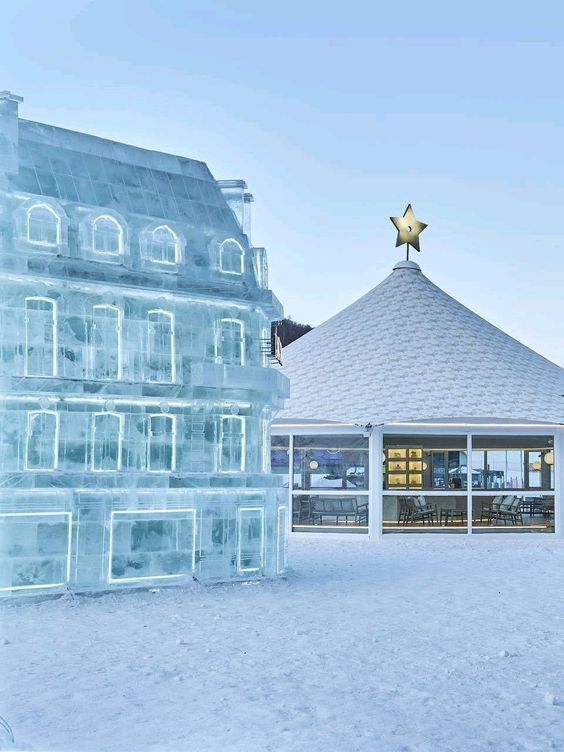
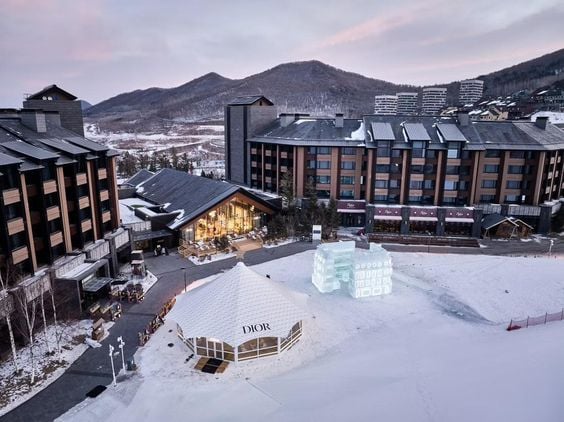
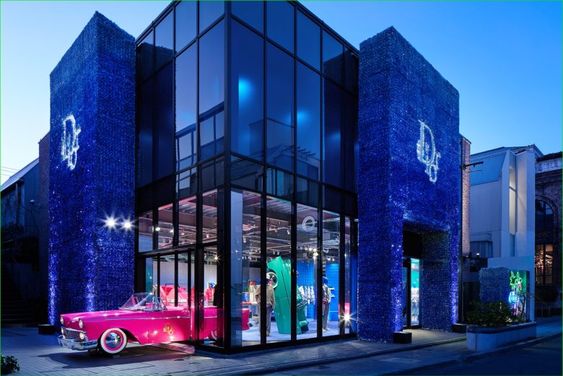
In the midst of the slopes, the house has resurrected the iconic address on Avenue Montagne, entirely made of ice, where iconic pieces of the house were also sculpted. A café and a boutique were adjacent to provide a unique experience for clients.
On the West Coast, the French house has set up shop on Melrose Avenue, with pop-ups immersed in the universe of Kim Jones and the DNA of the ERL brand with which its spring-summer 2023 men’s collection was conceived. California-themed corners were created, accompanied by a café, nodding to its Parisian address.
How is luxury marketing rethinking boutique structures?
We are increasingly seeing houses develop their presence through experiential luxury marketing, with concept boutiques offering both exhibition spaces for pieces and shopping, as well as museum corners to immerse the customer in their story, as seen at the Dior Gallery. And, to play on the senses and extend the immersion, cafés and tea rooms are rapidly expanding.
This is happening both permanently, like at Yves Saint Laurent Rive Droite, which has its café corner, from which everyone leaves with a cup of intense black coffee branded with the house’s name. Or, in the case of Louis Vuitton and its LV Dream, where the limited-time aspect creates excitement. A plunge into the house’s universe, through a creative retrospective, café, chocolate shop, and boutique showcasing both ready-to-wear and lifestyle products, which are becoming increasingly sought after.
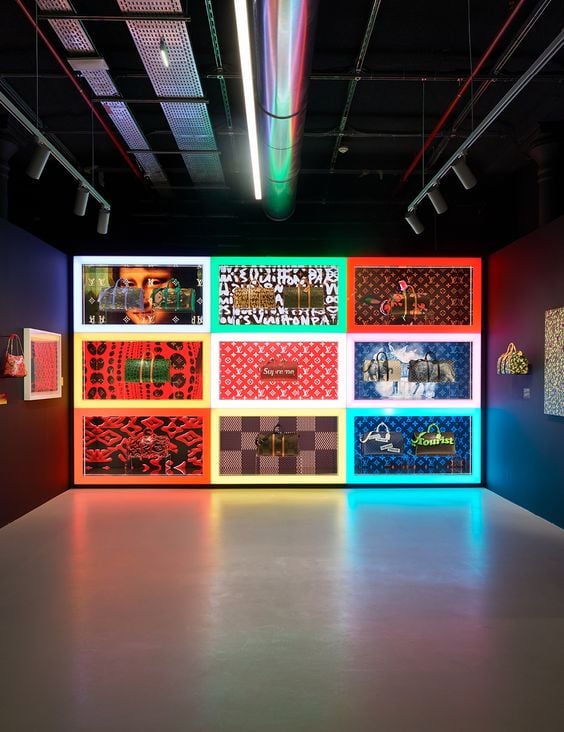
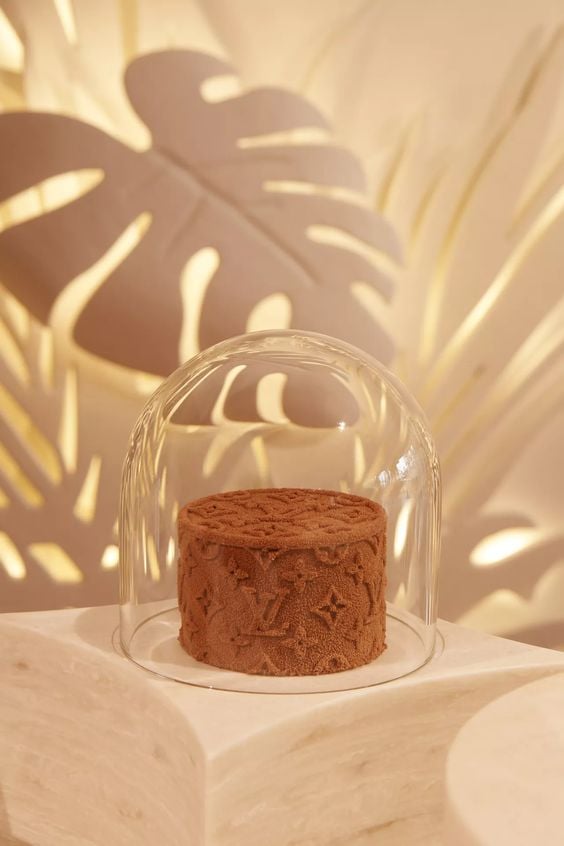
We are thus currently witnessing a renewal in the luxury marketing of houses. Each sees its creativity challenged and rethinks its habits to address the questioning of certain channels and continue to impact their target audience. An opportunity for houses to reinvent themselves and offer novelty to their clients, in order to maintain their loyalty. It will be interesting to see how brands evolve and position themselves in the coming months.
Photos: Pinterest



